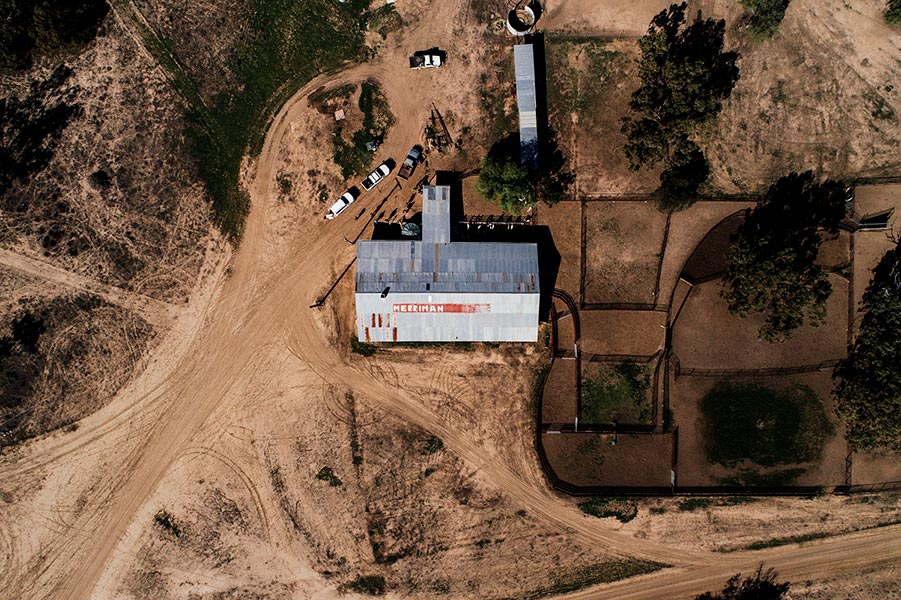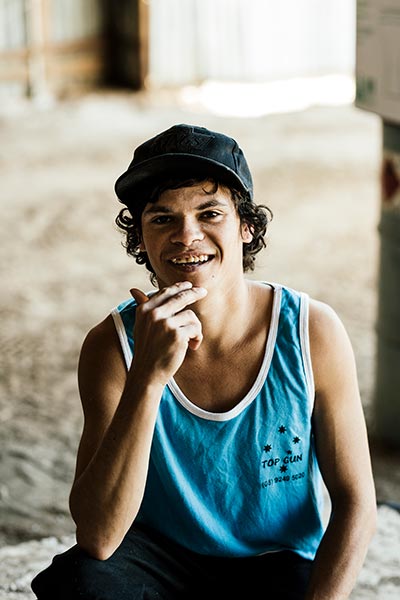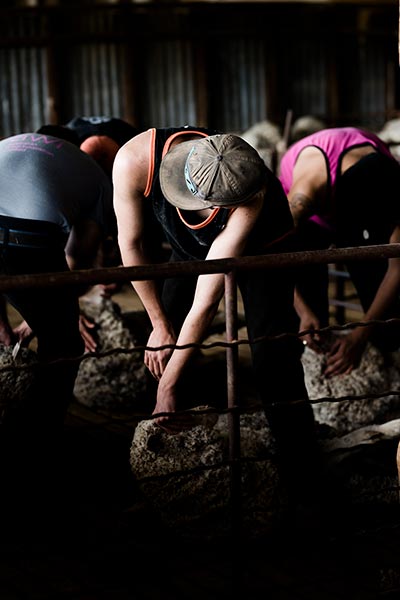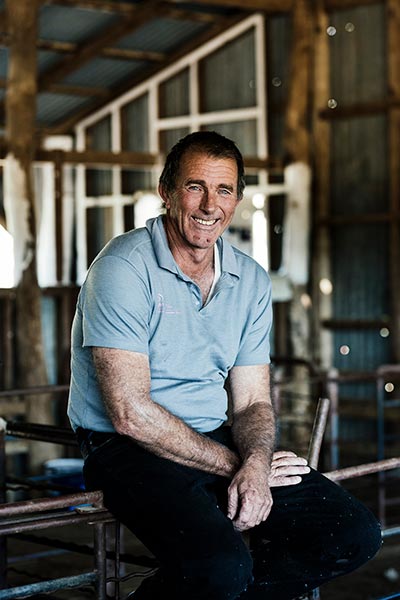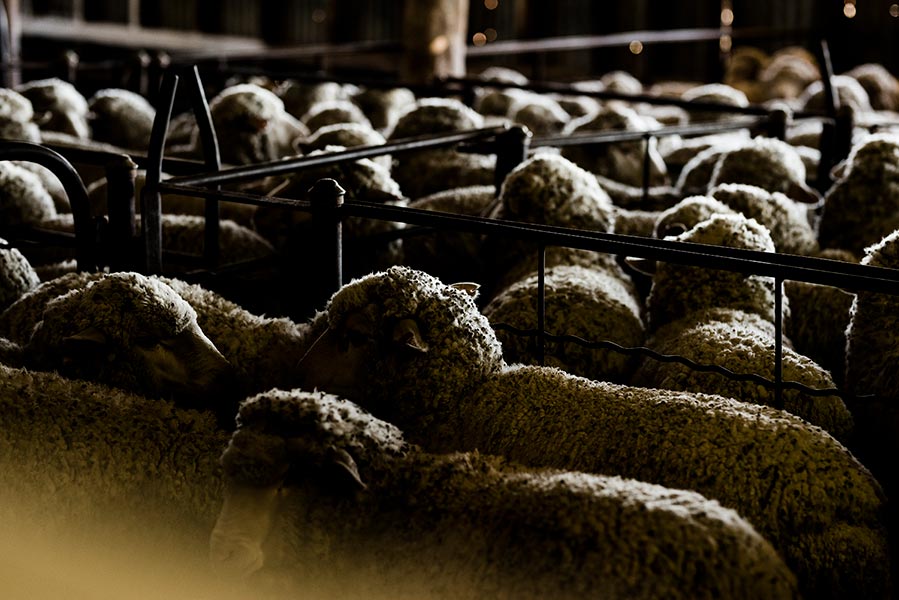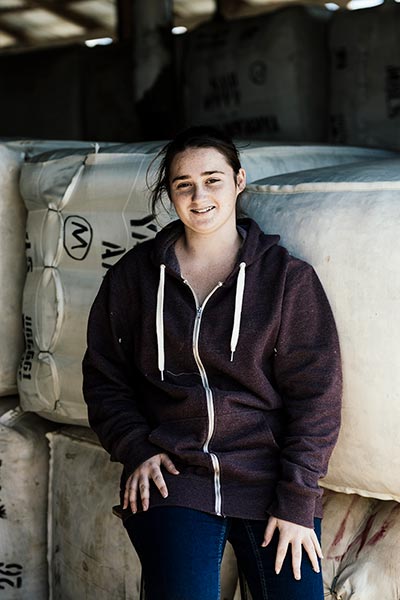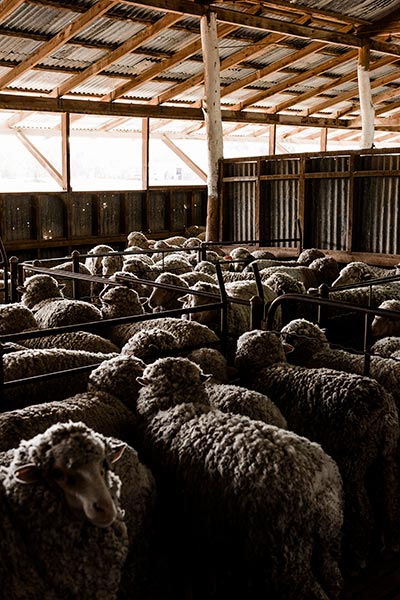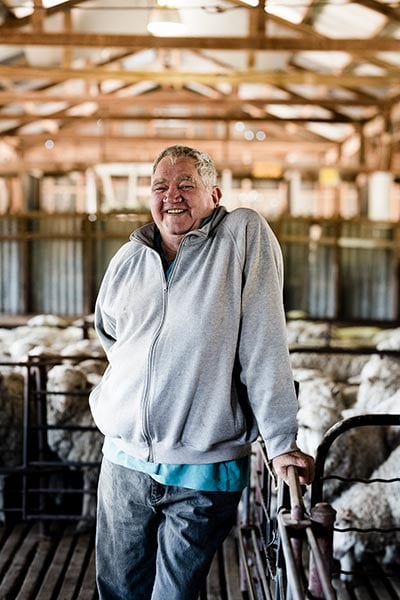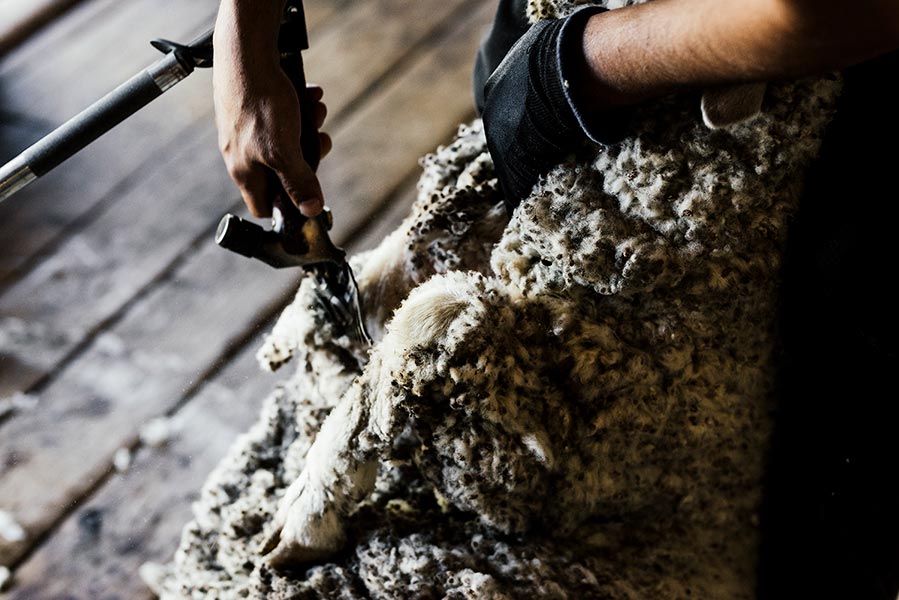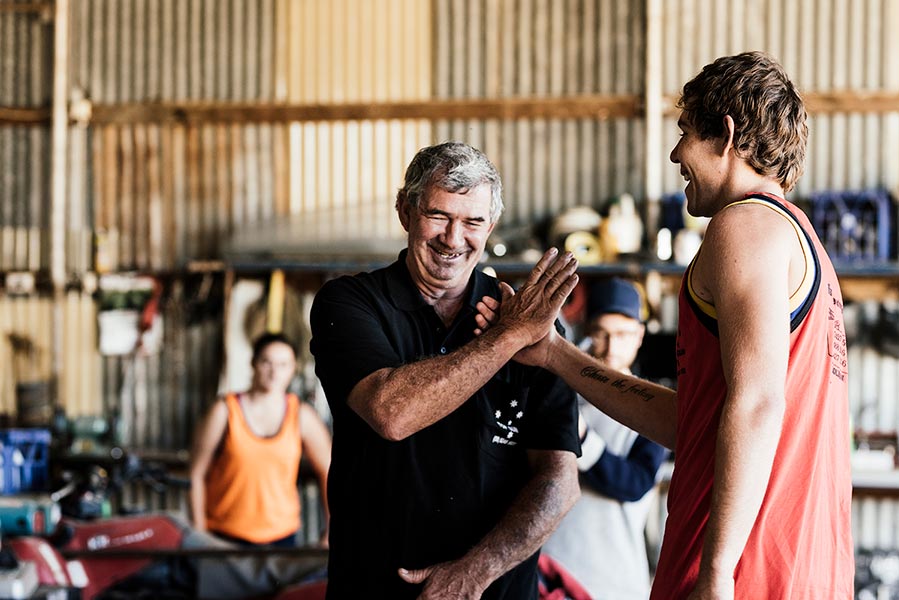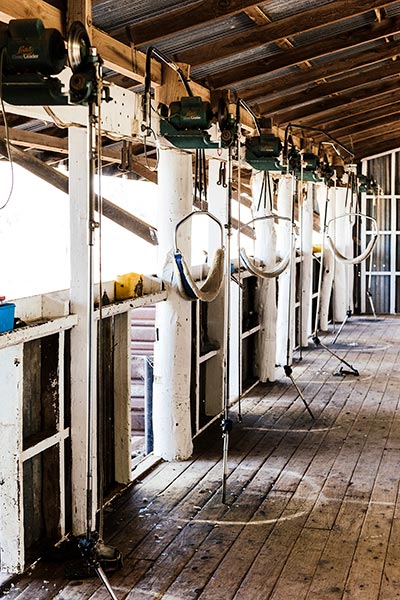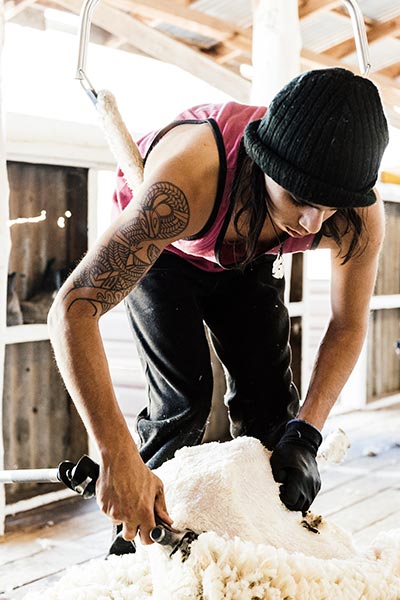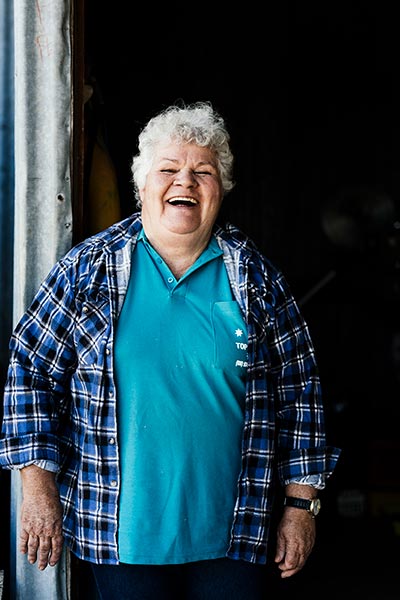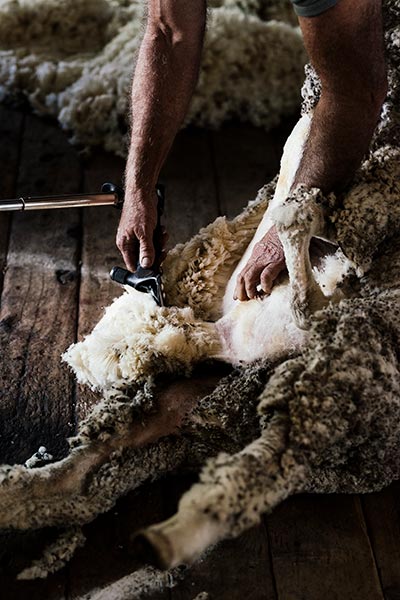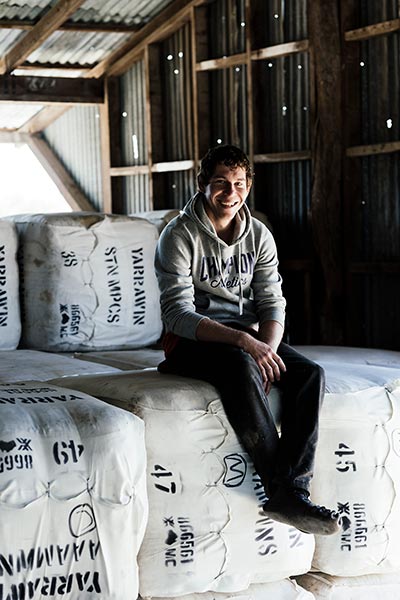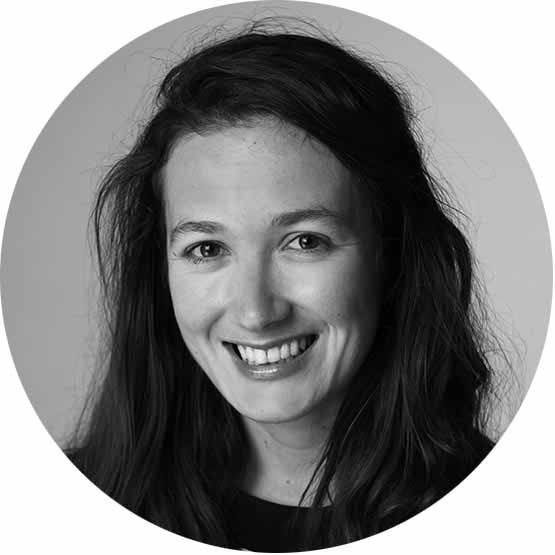In the far northwest of New South Wales, in the Australian outback, lies the sleepy town of Brewarrina. Located on the banks of the Barwon River, Bre - as it is known by the locals - has a long Indigenous Australian history and was once the meeting grounds for more than 5000 people. Even though its population has shrunk to just 1000 people, the town is managing – through the activities taking place on its outskirts – to make a big difference to both the local community and one of Australia’s biggest industries.
Aboriginal and Torres Strait Islander viewers are advised that the following content contains images and quotes of people who have died.
The wool industry has been an integral part of the heritage of Australia and its families for many generations. At the Merriman Shearing School in Brewarrina, one man is determined to keep the shearing tradition alive whilst also providing his students with an opportunity for a better future. Established in 2010, and sitting on a 16,000-hectare property, the Merriman Shearing School has changed the lives of more than 150 students, generally aged between 15 and 30. Owned by the Indigenous Land Corporation - which receives funding from Department of the Prime Minister and Cabinet for the operation of the school - and supported by Australian Wool Innovation, the school runs two 16-week courses each year, offering a Certificate Two in Rural Operations, and aims to find jobs for young Indigenous Australians within the wool industry.
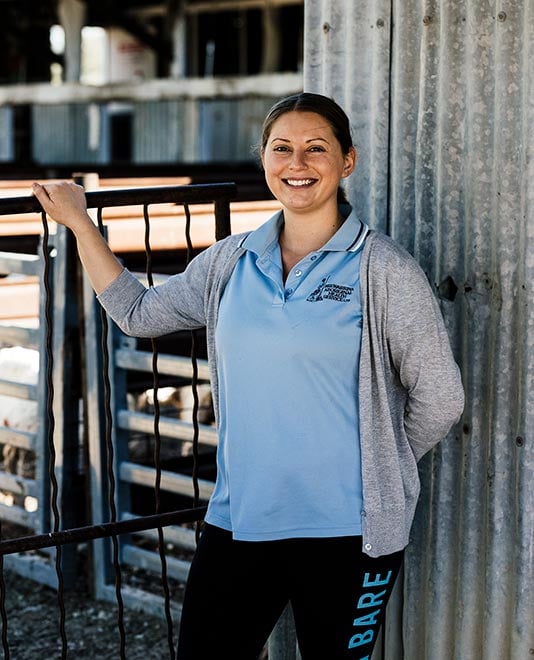
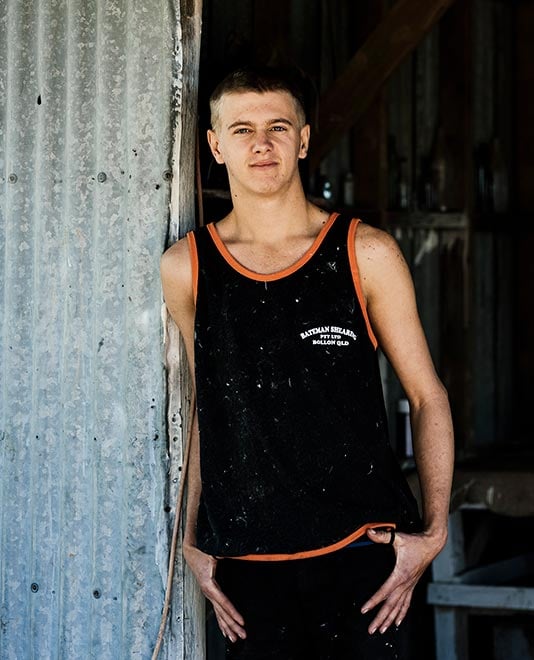
With more than 50 years’ shearing experience, Ian Bateman – or ‘Boof ’ as he is known in the industry – is the school’s head trainer. An Indigenous man himself, he knows just how important it is for young Indigenous Australians to be offered training that can lead to employment opportunities. “More than half of our students have gained full-time employment after graduating,” says a proud Bateman. “In addition to shearing, the students are taught everything that’s done on a sheep property: fencing, fixing troughs, building yards, wool handling, pressing and stock management. Not all of them want to continue as a shearer, but by the time they finish they have so many other skills.”
According to Bateman, one of the biggest challenges at the start of each course is motivating the young students to get up out of bed, get fit and get healthy. This is why every morning starts with a 9-kilometre run, walk or jog, and the school's live-in cook prepares nutritious meals for the students on-site. Each fortnight, an exercise scientist from Bourke & Brewarrina Aboriginal Health Services visits the school for gym classes and to measure the students’ progress across the 16 weeks for strength and endurance. “Getting the students out of bed is one of the biggest drawbacks we have when we start,” explains Bateman. “The kids are used to walking the street all night and watching TV and going to bed at 6am. So, you’ve got to reverse the cycle. It's hard work on both us and the kids but we achieve it and many ex-trainees ring me up from time-to-time to let me know where they are working and that they have continued on with their health plan.”
Gallery
A shearing school might seem like a strange place for youth to obtain skills that can earn them such a significant wage. And yet, the training provided by the Merriman Shearing School has given many graduates the opportunity to work full-time, and to travel the world. Australian shearers are not only employed on home soil; they are also contracted for jobs in the USA, the UK, and Europe. For the duration of the 16-week course, the trainees are expected to work industry hours and are paid wages under the national training award. By the end of their time at Merriman, trainees are expected to be able to shear the industry minimum of 80 sheep per day. More than 50 per cent of graduates are immediately placed into ongoing employment upon graduation, with many now able to support their families and purchase a house.
“I saw this as a once-in-a-lifetime opportunity,” says 22-year-old trainee Morgan Wrigley. “I grew up surrounded by the wool industry – my [dad’s] a shearer and my brothers work in the wool industry, so I thought I’d try to keep it in the family. Apart from the farm skills, I’ve learned that nutrition and fitness are important, as is healthy eating so you can keep up with your work.”
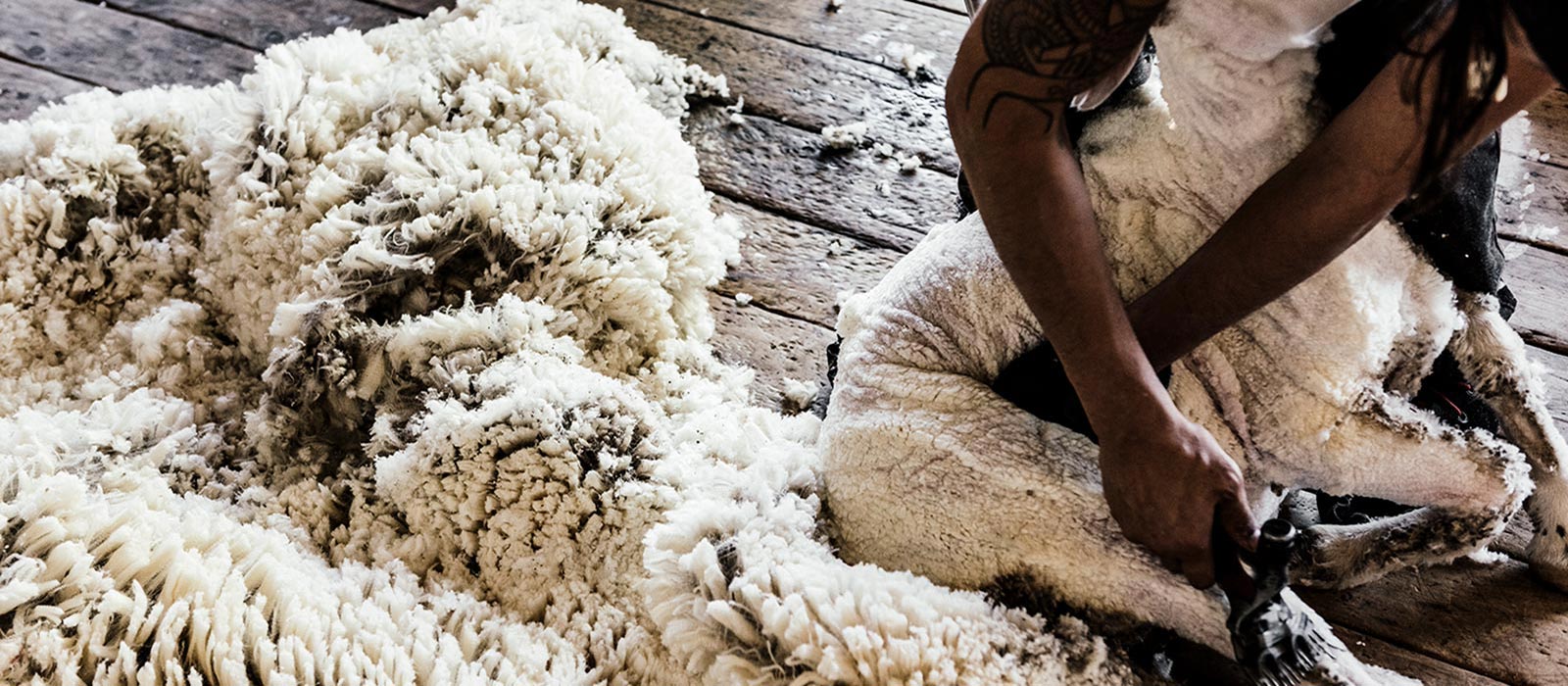
Unlike Morgan, 16-year-old Sophie Noble decided early on in the course that shearing wasn’t for her. What she did take a liking to, however, was wool handling – something she hopes to continue after graduation. Hailing from the tiny town of Walcha in New South Wales’ northern tablelands, Noble decided to attend the Merriman Shearing School to learn new skills and try something different. “I was open to learn anything when I arrived,” she explained. “I’ve learned fencing, wool classing, shearing and crutching – but my favourite part has been wool handling and I intend to stay in the wool industry and get more skills when I finish here. I’ve made some good friends here and my advice to anyone would be to try your hardest and not to give up.”
The change in the students’ physical and mental health after the live-in course is amazing, notes Bateman, who’s like a proud father to each and every student. “This is the only shearer training facility in Australia that takes youth off the street and turns them into good, young responsible people, who can go out and earn meaningful employment and live by themselves. That, to me, is a success.”
